After purchasing my first sewing machine, it sparked a desire to learn more about sewing thread quality since I suffered from a lot of issues with my last machine. There are hundreds of sewing threads to choose from, and I find it to be a bit overwhelming. Though my BERNINA came with Mettler thread, I have heard great things about Aurifil, and I couldn’t wait to try it out on my machine.
But it got me thinking about why the Mettler brand came with my machine. Does it meet BERNINA standards? Or is there a contract between Mettler and BERNINA? Or does my BERNINA dealer favor Mettler above all other brands? And what is the fuss about Aurifil? Is it really that great? How do these brands compare to those available at JOANN Fabrics?
I must preface by saying I am in no way a thread expert. I just wanted to know a little more about the threads I was using and reading about on other blogs. I decided the only way I could really tell the quality of a thread was to visually examine it, feel it between my fingers, and handle it in my machine.
In this article, I will share with you what your thread looks like under a microscope. Unfortunately, I cannot help you with the feel of the thread nor how it handles in a particular machine since we all use a variety of sewing machines.
I gathered up 28 different sewing threads from JOANN Fabrics, a longarm quilting specialist, and a few from my own sewing box. There are hundreds of threads out there, and it is not in my financial favor to buy every thread possible! But I am hoping you will find this overview helpful in the least.
Why Is Lint an Issue?
Lint or dust can cause issues down the road for almost any machine. When you dry clothes, lint comes off in the dryer. The same thing happens when your thread runs through a needle. Usually, you will see lint collect around the feed dogs, the bobbin case, and above the needle. Lint is an inevitable enemy in sewing, but choosing the right high-quality thread for your machine can help reduce it. If your machine is not cleaned regularly, your machine will perform less effectively. Lint can absorb oils, which can wear out your machine. Lint will become impacted over time too if not taken care of, causing further issues with your machine.
Loosely twisted threads and thread breaks contribute to lint. If you have tried several brands of sewing thread on your machine, you are sure to notice some brands produce more lint than others. I notice this when my BERNINA dealership uses Mettler thread. There’s always a bit more lint and dust than I am used to. That doesn’t necessarily mean Mettler is a bad brand, but with my machine, it produces more lint than I care for.
Quick Vocabulary
Before we get started, let’s make sure we’re all on the same page with terminology. If you are new to sewing or quilting, or do not understand the different types of threads available, here is a good reference link.
So What Does Your Thread Look Like Under a Microscope?
All photos were taken by my husband with a microscope. (Thank you!) When you are looking at these photos, check for loose fibers, how many twists it has, and how smooth the thread is.
Note: These photos are just a sampling! You can view all of the thread photos by checking out the original post.Related Links:
Choosing the Right Quilting Thread
Glossary of Quilting Terms
Get in touch! Leave a comment or email editor@nationalquilterscircle.com.

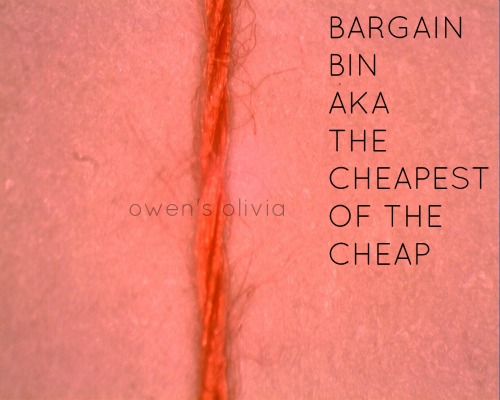

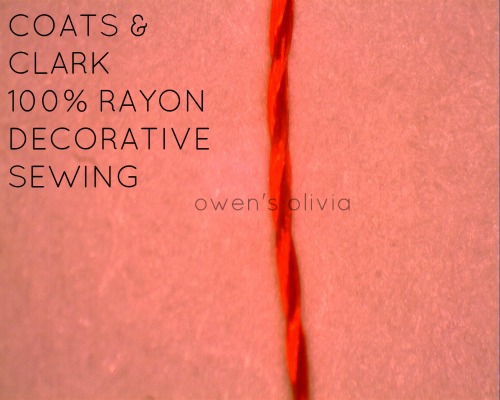
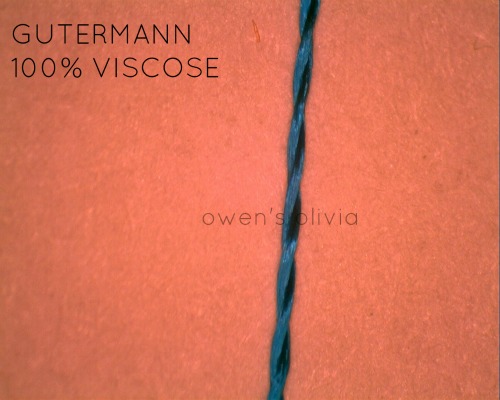
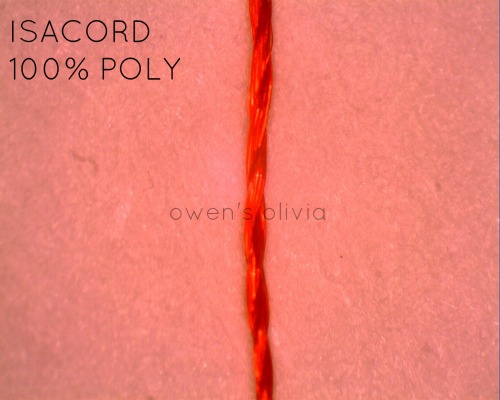
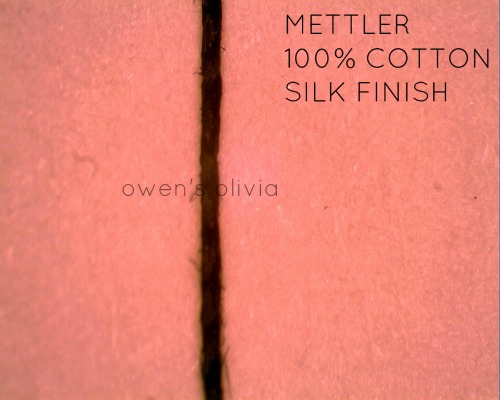
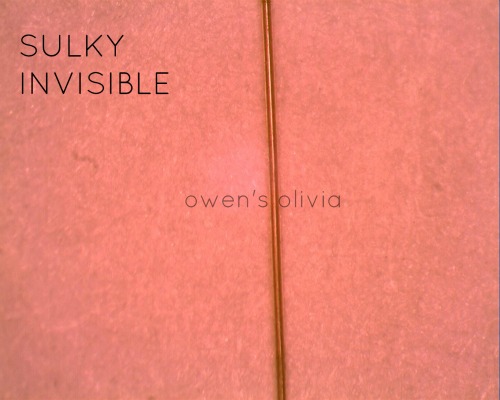

I’ve been quilting for over 15 years and have sewed over 50 year and welcomed your knowledge of threads! I found it very helpful and interesting to know more about threads! This article has been very, very helpful.
I have a Janome Horizon. Thread kept breaking so I tried Aurifill; same problem continued, tried Gutterman- same. Finally tried Metler and it works like a charm. If you put Aurifill in your hand and tug - thread easily breaks.
Wow it is amazing what the differences are! Aurifil by far the best! Hope I can get it in South Africa.
Always use Aurifil. Almost no lint, variety of thread weights, lovely range of colours. Good value
A larger needle makes for less lint if you are having lint issues...worked for me to go to next size bigger.
Want to know the best thread to use and ones I should avoid
Love to learn more. I have tried several different threads and it would be helpful to more about them then what the manufacturer or store wants you to know.
I am a sewing instructor and remind my students to NEVER use serger thread for regular sewing machines even though it looks like a bargain. It is lighter and meant to be used in multi-thread serger sewing. I have never had a problem with any brand, bargain or high end. The key is using the proper needle (metallic specialty for metallic threads) suitable for the type of project/material you are sewing and setting tensions properly. Tension discs should also be checked for lint buildup. If thread breaks when you tug on a strand of it, it is obviously too old/not strong enough to sew with!
Love to learn more!
y I love Aurifil thread